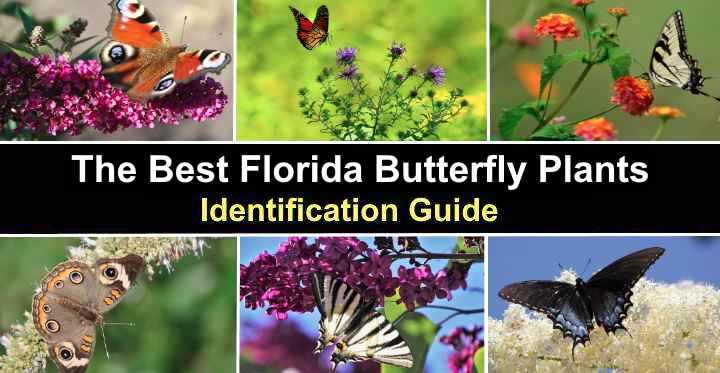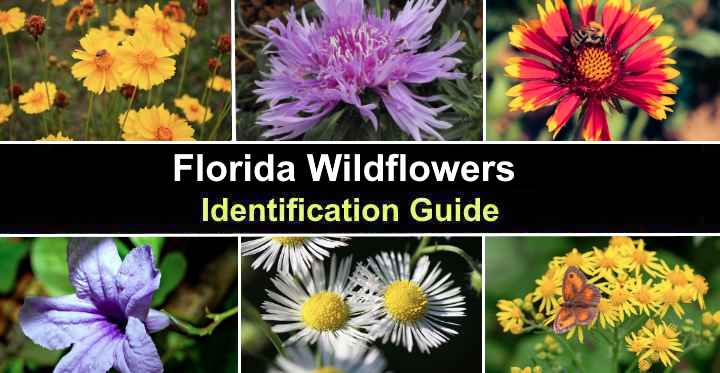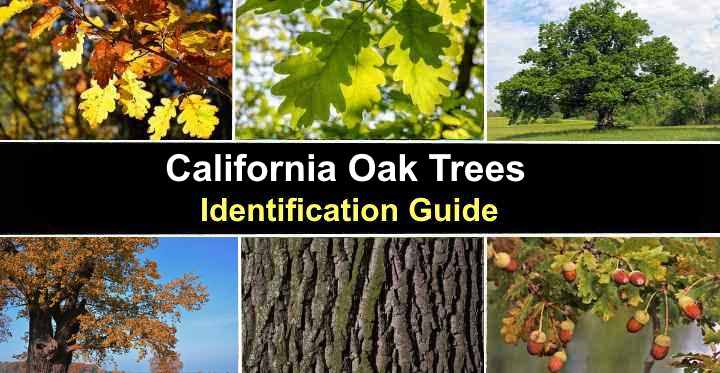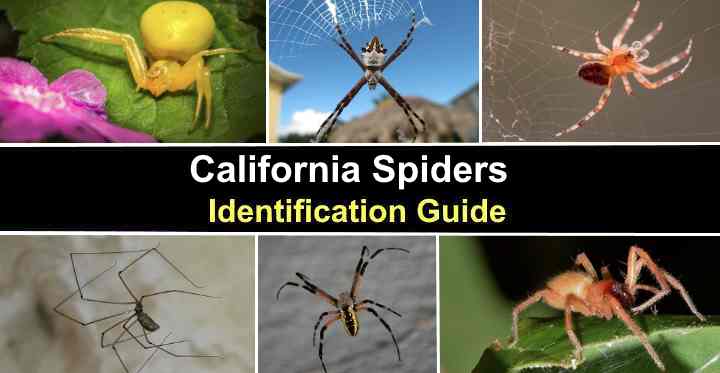The Best Flowers For a Bee-Friendly Garden

Flowers in a bee garden attract important pollinators to your yard. Not only do bee-friendly flowers add color and beauty to your outdoor space, but they also play a crucial role in local ecosystems. By knowing the right bee-friendly flowers to grow, you can support populations of black and yellow honeybees, bumblebees, carpenter bees, and many other insect species in the suborder Apocrita.
Small Shrubs (With Pictures) – Identification Guide

Small shrubs are a terrific way to add greenery, color, and texture to your outdoor space. Low-growing landscaping shrubs can grow in tight spaces, compact gardens, or limited yard spaces without taking up too much room. Small deciduous shrubs can provide lush foliage, fragrant flowers, and visual appeal from spring through fall. Also, small evergreen shrubs are perfect for privacy and year-long greenery to keep your front or backyard looking healthy.
Small Evergreen Shrubs (With Pictures) – Identification Guide

Small evergreen shrubs are a popular choice for garden landscapes across the country. Whether you want to add greenery to your front yard or create a cozy backyard retreat, evergreen bushy plants are ideal solutions. These low-growing shrubs are known for their robustness, year-round foliage, and low maintenance needs. These growth features make them the perfect choice for busy homeowners who want to enjoy a beautiful garden without spending too much time in the yard.
The Best Florida Butterfly Plants (With Pictures) – Identification Guide

Several varieties of native Florida plants attract butterflies to your garden. Planting the right shrubs and flowers encourages healthy populations of common butterflies in the Sunshine State—monarch, swallowtail, fritillary, admiral, and sulphur butterflies. The best plants native to Florida for butterflies include the butterfly bush, milkweed, lavender, coralbean, and lantana.
Florida Wildflowers (With Pictures) – Identification Guide

Florida wildflowers are a stunning addition to any garden landscape. These native plants have adapted to the Sunshine State’s unique climate and growing conditions. As a result, wildflowers in Florida’s meadows, woodlands, and open landscapes are easy to grow, low maintenance, and drought-tolerant. Planting Florida wildflowers lets you brighten a front or backyard with spectacular blooms in yellow, orange, pink, and purple shades.
The Best Florida Flowering Shrubs (With Pictures)

Flowering shrubs in a Florida garden landscape can add color, fragrance, and texture. With the right choice of flowering shrubs, you can create a stunning display of colorful blooms lasting for months. Some of the best flowering shrubs for Florida include azalea, camellia, hibiscus, oleander, and viburnum. These shrubs are easy to care for and require minimal maintenance, making them a great choice for busy gardeners.
The Best Florida Evergreen Shrubs (With Pictures) — Identification Guide

Evergreen shrubs are an excellent way to add year-long greenery to Florida garden landscapes. The best Florida evergreen shrubs don’t lose their leaves in winter, thrive in full sun and high humidity and are tolerant to drought. Additionally, many evergreen shrubs in Florida produce abundant fragrant flowers, with some species blooming throughout the year. Finally, due to their evergreen foliage, many shrubs are perfect for adding privacy and shelter or hiding an ugly fence line in a backyard.
Texas Hedge Plants (With Pictures) – Identification Guide

Hedge plants for Texas are an excellent choice for creating privacy screens, windbreaks, and borders around your property. However, finding the best plants to grow a hedge in the Lone Star State can be challenging. Texas is known for its hot summers, so selecting hedge plants that can withstand heat, humidity, and drought conditions is important.
California Oak Trees (With Pictures) – Identification Guide

Oak trees are an integral part of California’s ecosystem and landscape. These majestic hardwood, broadleaf trees provide shade, beauty, and habitat for wildlife in the Bear Flag State. From native California oak trees like the California Live Oak, Black Oak, Canyon Oak, and Channel Island Oak to naturalized oak trees, these deciduous trees are common throughout the western United States.
Types of Spiders in California (With Pictures) — Identification Guide

Spiders are a common sight in California. And the Bear Flag State is home to a wide range of arachnids, most of which are harmless, but some are venomous and can inflict a nasty bite. Common species of spiders in California you might spot outdoors are tarantulas, wolf spiders, yellow and black garden spiders, and jumping spiders. Indoor California spiders include the black widow, brown widow, and American house spider.
